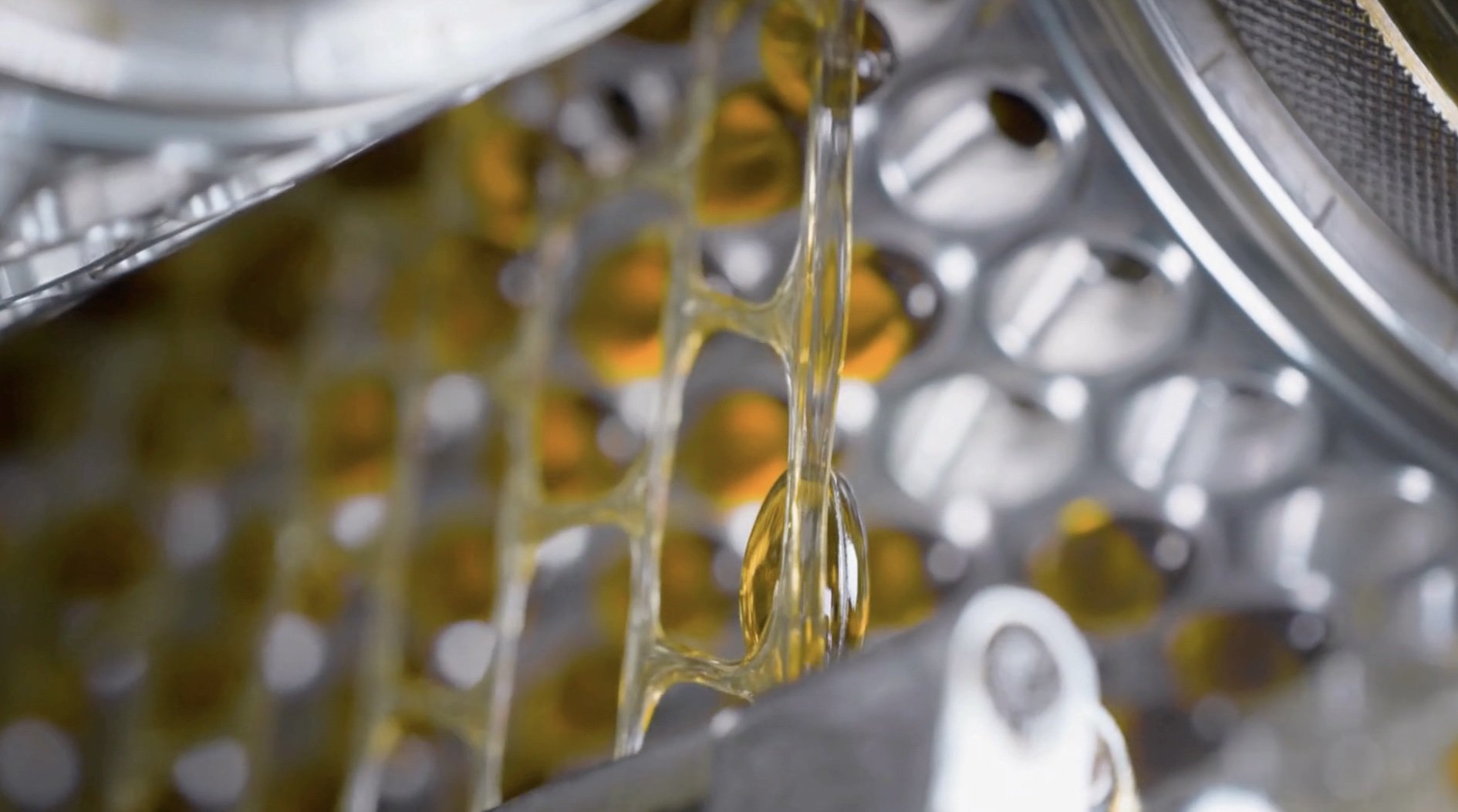Our Blog
Your introductory knowledge hub for soft capsules.

3 key factors for successful shell development
This article highlights 3 key aspects of shell formulation development, from raw material selection to addressing common compatibility issues. A well-designed capsule shell is the key to unlocking the full potential of the encapsulated fill, ensuring that the product remains stable throughout its shelf life.

SMEDDS in softgel capsules: opportunities and pitfalls
SMEDDS is an acronym for Self Micro-Emulsifying Drug Delivery System. SMEDDS formulations are a clear solution of a drug substance which spontaneously form an oil-in water (O/W) microemulsion upon dispersion in water. In the emulsion the drug substance is incorporated within droplets with a size of 50-200 µm. A SMEDDS formulation typically contains a lipid solvent, one or more surfactants and optionally a co-solvent.

How to select a CDMO for a softgel development project
In the dynamic world of soft gel capsule development, outsourcing to a Contract Development and Manufacturing Organization (CDMO) can be a game-changer. But what exactly should you know before doing so?
This guide breaks down the essential steps to choose the perfect softgel CDMO for your development project.

Latest updates to USP <1094>: key insights for softgel capsules
The United States Pharmacopeia (USP) has recently revised Chapter 1094 (Capsules dissolution and related quality attributes), focusing on capsule dissolution and related quality attributes. The changes came into effect on December 1, 2023.
Below is a concise overview of the significant updates for softgel capsules specifically.

In-process controls (IPC) for soft capsules
While the release tests for solid dosage forms and softgel capsules are typically well defined in the pharmacopeias, IPC testing is rarely discussed. This article gives an overview on the most common IPC testing methods for each step of softgel manufacture.
1. Gelatin mass preparation
As the characteristics of the gelatin mass may impact the processability, appearance and physical stability of the capsules, appropriate IPC testing include the following:

The manufacturing process of softgel capsules
Soft capsules are commercially manufactured applying the rotary-die technology, a technique that traces its roots back to the 19th century with the innovations of the pharmacist Robert P. Scherer. It involves a series of operations which are performed in parallel to each other and are typically highly standardised at each manufacturer: gel mass preparation, filll mass preparation, encapsulation, drying, inspection and (bulk) packaging.

What are softgel capsules?
Soft capsules are a solid oral dosage form a liquid or semi-solid capsule fill containing the active ingredient dosed into a hermetically sealed capsule shell.
While soft capsules have been known and patented first in the 1830s, the most common process for their commercial-scale production, the rotary-die encapsulation, was patented by R.P. Scherrer in 1933.
